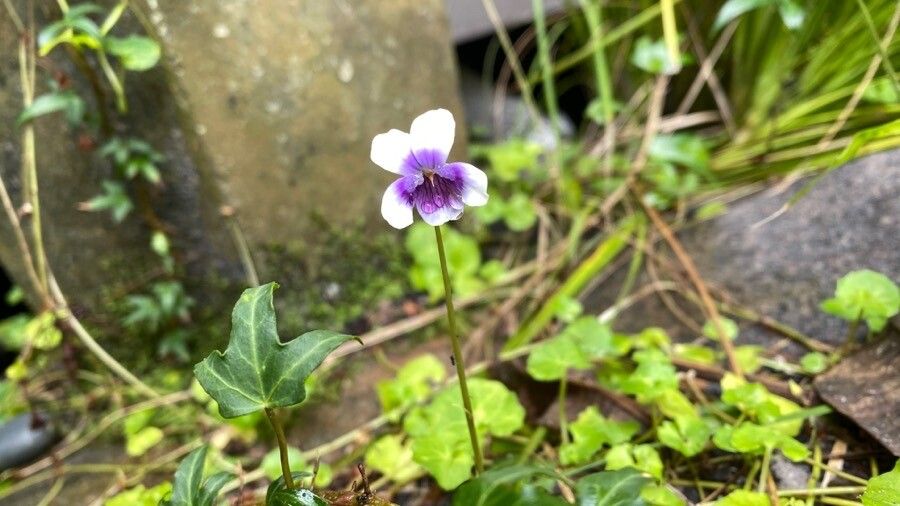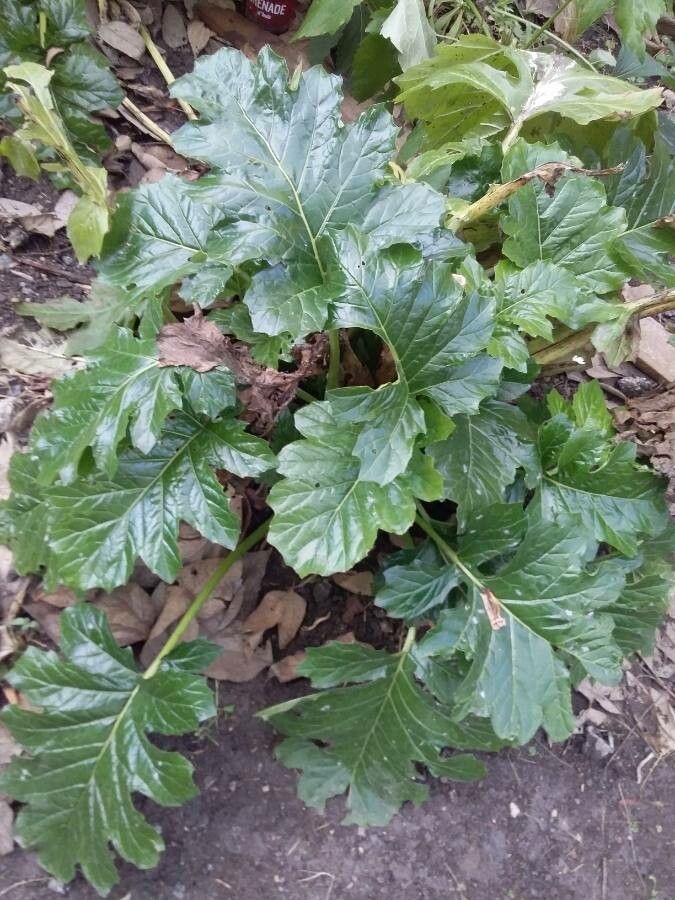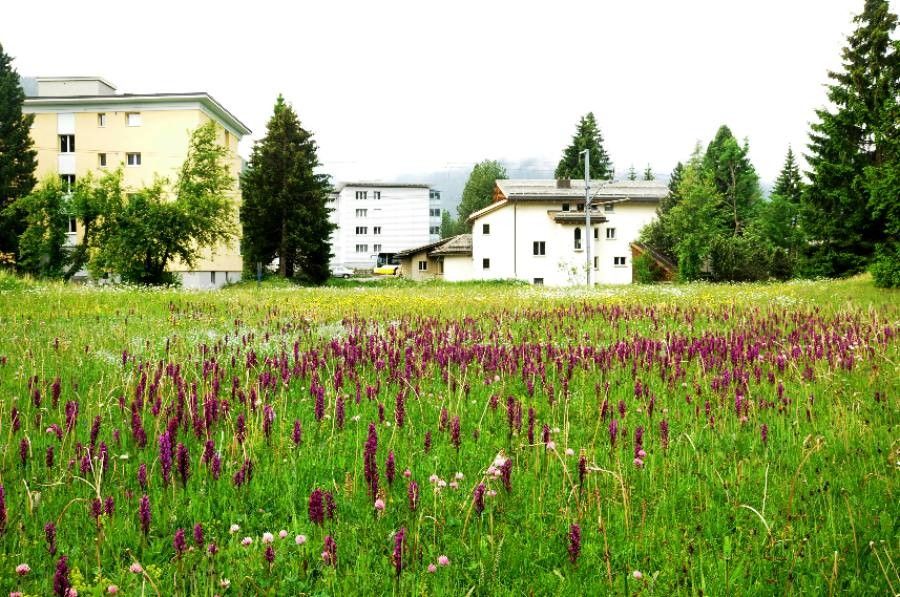## Australian Violet: A Gardener's Delight
The Australian violet, a charming member of the *Violaceae* family, captivates with its delicate beauty and adaptability. While not a true violet in the sense of the *Viola* genus, it shares similar aesthetic qualities and offers a delightful addition to gardens worldwide. Its vibrant blooms and low-maintenance nature make it a popular choice for both seasoned gardeners and beginners.
### Botanical Information
Scientifically, the 'Australian violet' encompasses several species within the *Violaceae* family native to Australia. Precise identification often requires botanical expertise, and common names can be regionally variable. Regardless of the specific species, these plants generally share characteristics that make them easy to recognize and cultivate.
### Habitat and Growth
Australian violets thrive in a range of conditions, showcasing their resilience. They are often found in diverse habitats across the Australian landscape, from woodlands and forests to open scrublands. This adaptability translates well to garden settings, allowing for successful cultivation in a variety of environments. They typically prefer partial shade to full sun, though some species tolerate more direct sunlight.
### Soil Needs
Well-drained soil is crucial for the health of Australian violets. They don't tolerate waterlogged conditions, which can lead to root rot. A soil mix that's rich in organic matter, like compost, will help retain moisture while ensuring proper drainage. Slightly acidic to neutral pH levels are generally preferred, but they show remarkable tolerance to variations.
### Sun Exposure
Australian violets typically prefer dappled shade or partial sun. While some species might tolerate full sun, especially in cooler climates, prolonged exposure to intense sunlight can scorch their leaves. In hotter regions, positioning them in a location with morning sun and afternoon shade is often ideal.
### Propagation and Care
Propagation is generally achieved through cuttings or seeds. Cuttings, taken from healthy stems in spring or autumn, readily root in moist potting mix. Seeds can be sown directly into the ground or started indoors in seed trays. Once established, Australian violets require minimal maintenance. Regular watering, especially during dry periods, is essential. Light fertilization in spring can promote healthy growth and abundant flowering.
### Pest and Disease Resistance
Generally, Australian violets are relatively pest and disease-resistant. However, they can be susceptible to fungal issues in poorly drained soil. Ensuring adequate drainage and air circulation around the plants significantly reduces this risk.
### Uses in Landscaping
Their low-growing habit and attractive blooms make them ideal as ground cover, border plants, or in rock gardens. They also make excellent container plants, adding a touch of Australian charm to patios and balconies. Their spreading nature allows for attractive masses of color.
### Conclusion
The Australian violet's captivating beauty, combined with its ease of cultivation, makes it a treasure for any garden. With proper attention to soil drainage and sun exposure, these charming plants will reward you with months of delightful blooms.
Australian Violet: Complete Grower's Guide

Frequently Asked Questions
How to grow Australian violets?
Australian violets prefer well-drained soil rich in organic matter and partial to full sun. Propagate through cuttings or seeds. Water regularly, especially during dry periods, and fertilize lightly in spring.
What type of soil do Australian violets need?
Australian violets thrive in well-drained soil. A soil mix rich in organic matter, like compost, is ideal. They don't tolerate waterlogged conditions. Slightly acidic to neutral pH is best.


